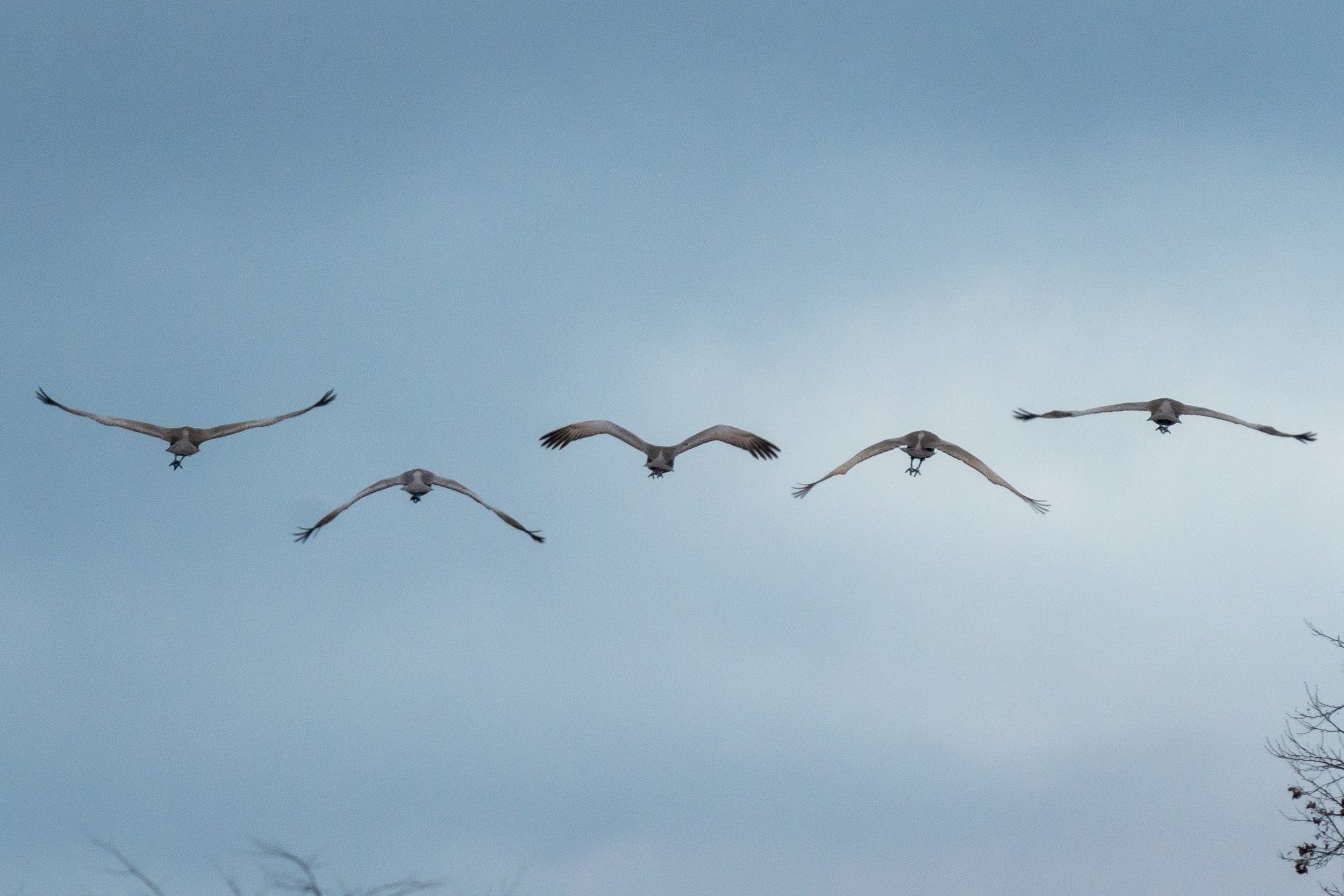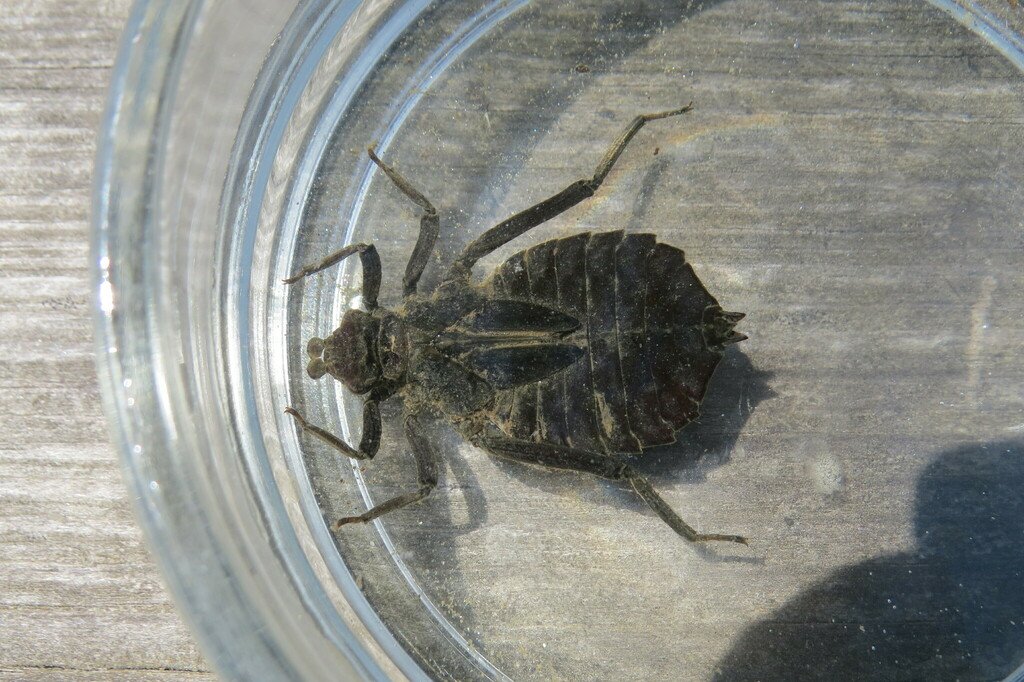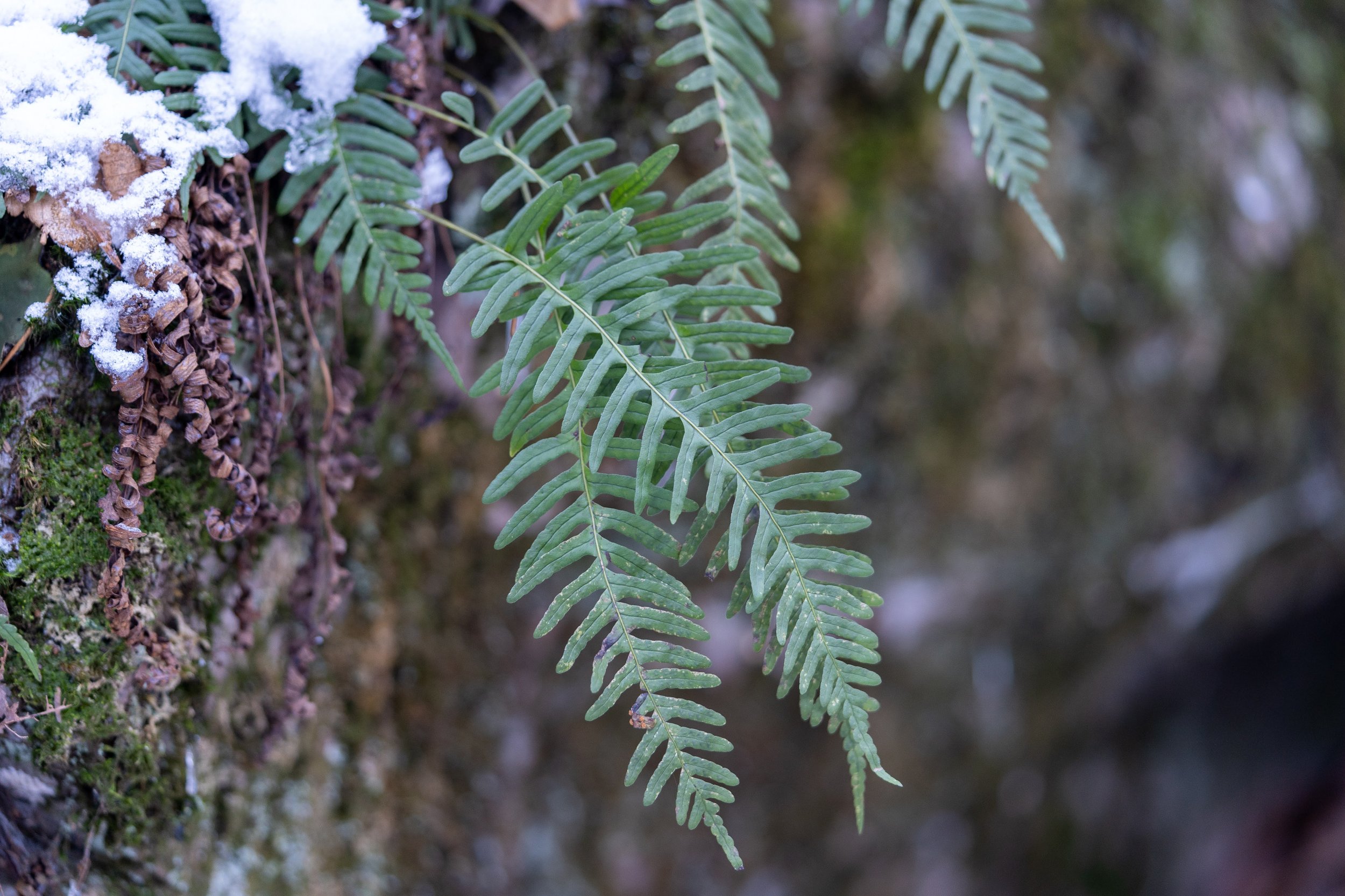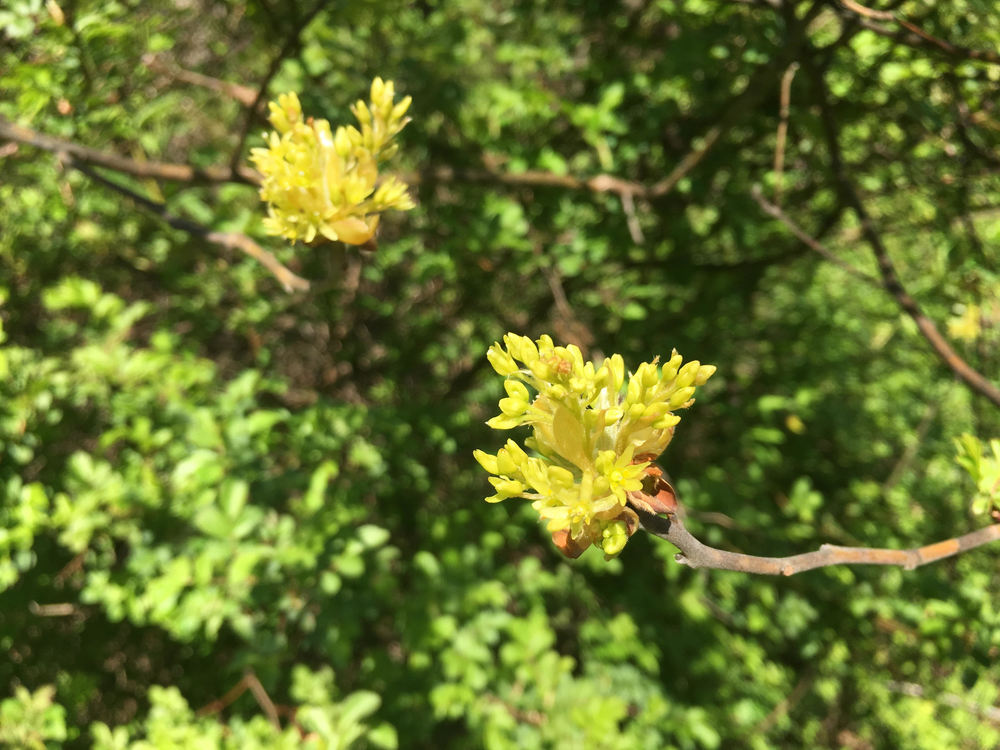

Fall Phenology (Why Leaves Change Color)
Ever wondered why leaves turn such brilliant reds, oranges, and yellows in the fall? Or why trees in the mountains change color and dop their leaves before trees at lower elevations? Behind the beauty lies a fascinating science with a clear purpose.

Spring Ephemerals
Spring is in full swing in the Blue Ridge! We can tell thanks to the small, ground-dwelling plants that have started to bloom—the spring ephemerals! Spring beauty, Dutchman’s breeches, and trillium are among our favorites—keep reading for more info about these gorgeous short-lived wildflowers.

Signs of Spring at BRDC
March 20 marks the beginning of spring for the Northern hemisphere. It’s the vernal equinox; the day the sun rises on the North pole, we start having more than 12 hours of daylight, and the halfway point between the solstices. As the temperatures rise and the soil wets, new signs of life appear all around! Keep reading for some early spring appearances we've noted on campus.

Spruce Juice: How to Make Spruce Tea
Looking for some natural relief this cold and flu season? Try making spruce tea! Spruce tea is rich in vitamin C, a natural immune-booster, and its bright and citrusy flavor tastes a lot better than cough syrup.

How to Make Shagbark Hickory Syrup
For the human outdoor enthusiast, the cold and short winter days can be dreary. Fortunately, nature has a way of providing joy in all seasons. It’s wonderful weather for making a sweet treat: Shagbark Hickory syrup! If you’re looking for a fun snow day activity, desperately in need of a reason to get outside, or just hooked on foraging, making this sweet and smokey simple syrup will brighten your dark winter’s day.

Fraser Firs in the Wild
So what’s the story behind Christmas trees? What species do we use for this treasured holiday tradition, and where do they come from? Read on and find out!

All it's Clocked Up to Be: Circadian Rhythms
Have you noticed that the days are getting shorter? You’re not the only one! We’re a little under two weeks away from the winter solstice, and subtle seasonal shifts like cooler temperatures and shorter days affect plants and animals (including humans!) in significant ways. Keep reading to learn about circadian rhythms and how animal and plant behavior changes throughout the year!

Recent Sightings of the Blue Ridge
Are you ready for the Naturalist Rally? Read about some of the recent finds during our programs around the Blue Ridge Discovery Center and beyond, and learn how to improve your chances of seeing some fascinating species before a weekend immersed in the Appalachian spring.

It's Fern-ally Time to Explore Winter Flora!
Through the cold, neutral-colored months of winter, seeing the shades green of ferns is a driving force in keeping us sane until springtime.

Species Spotlight: Sassafras
Sassafras (Sassafras albidum) is blooming now in the Blue Ridge.
Sassafras is a member of the Lauraceae family. This family is characterized by having woody stems, simple leaves, and actinomorphic (star-shaped) flowers that are typically bisexual. A a rather small tree, it is commonly found in early successional habitat such as fence lines and field edges all throughout Virginia.

Milkweeds: Common and Native to NC/VA
2016 Mount Rogers Naturalist Rally speaker Sarah Ross shared a list of native milkweeds for our region that you should consider planting as an alternative to showy non-natives.

Bloodroot, Sanguinaria canadensis
Bloodroot, Sanguinaria canadensis, is one of our lovely spring ephemerals.

Blue Ridge Illustrated: Oaks of Matthews State Forest
14 students spent two hours in the field defining the difference between the bark, acorns, leaves and tree structure of six species of oaks in the forest while effectively blocking out the myriad of other species in the forest. Their investigative efforts began the latest BRDC poster: The Oaks of Matthews State Forest.

Milkweed Madness
If you manage a field, you face a conundrum in deciding your specific goals and if, when, and how often to mow. If you want to retain the field, you must eventually mow it, but preferably no more than once per year to minimize negative effects on wildlife. Otherwise woody vegetation will eventually move in and convert the field into a woodland. But the speed of this succession is highly variable in different locations. Mowing more than once per year usually converts the field into short grasses which are minimally useful to wildlife. But when do you mow?

Seed Pods of Matthews State Forest by Galax High School Art Program
The Seed Pods of Matthews State Forest poster has been completed! It is the fourth in an ongoing series of posters from the Blue Ridge Illustrated program.

Skunk Cabbage
Skunk Cabbage is by far the strangest flower you'll ever come across in the Blue Ridge.

Ailanthus
In my neck of the woods, Ailanthus is an invasive alien that looks like a native, but isn't. One of the reasons that homeowners like it is the flowers. Moth enthusiasts know about it because Atteva aurea, the Ailanthus webworm, uses it as its host plant. Here's the photographic evidence.